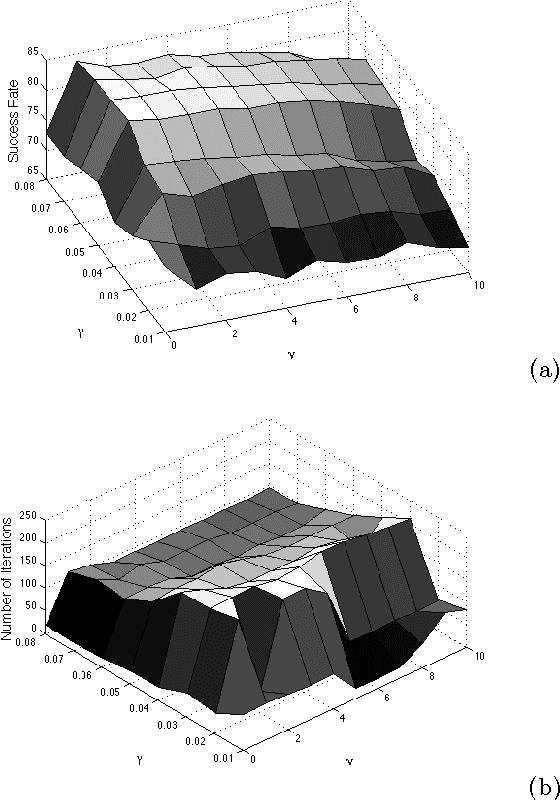Improved texture image classification through the use of a corrosion-inspired cellular automaton
Paper and Code
Dec 26, 2014



In this paper, the problem of classifying synthetic and natural texture images is addressed. To tackle this problem, an innovative method is proposed that combines concepts from corrosion modeling and cellular automata to generate a texture descriptor. The core processes of metal (pitting) corrosion are identified and applied to texture images by incorporating the basic mechanisms of corrosion in the transition function of the cellular automaton. The surface morphology of the image is analyzed before and during the application of the transition function of the cellular automaton. In each iteration the cumulative mass of corroded product is obtained to construct each of the attributes of the texture descriptor. In a final step, this texture descriptor is used for image classification by applying Linear Discriminant Analysis. The method was tested on the well-known Brodatz and Vistex databases. In addition, in order to verify the robustness of the method, its invariance to noise and rotation were tested. To that end, different variants of the original two databases were obtained through addition of noise to and rotation of the images. The results showed that the method is effective for texture classification according to the high success rates obtained in all cases. This indicates the potential of employing methods inspired on natural phenomena in other fields.
 Add to Chrome
Add to Chrome Add to Firefox
Add to Firefox Add to Edge
Add to Edge